Malus ioensis
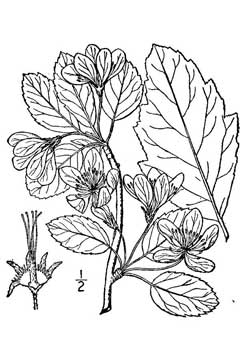
Open woods, thickets, pastures, along streams etc, with a preference for calcareous soils. Love

Open woods, thickets, pastures, along streams etc, with a preference for calcareous soils. Love
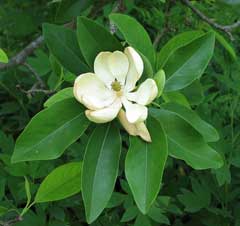
Wet acid sandy barrens and swamps at low elevations. Swamps, bays, low wet woods, savannahs; chiefly in coastal plain and lower piedmont from sea level to 540 metres. Love

Dry rainforests of the eastern coastal scrub[167 , 260 ]. Found mainly on alluvial situations bordering rivers and creeks where the fertile volcanic soils are rich in humus[63 ]. Love
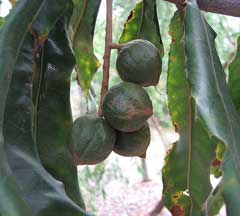
In or near rainforests[167 ]. Found mainly on alluvial situations bordering rivers and creeks where the fertile volcanic soils are rich in humus[63 ]. Love
In or near rainforests. Love
The tree has been in cultivation for so long that wild forms are no longer believed to exist. Love
Dry coastal regions, waste ground. Love
Rainforests and humid river valleys. Love
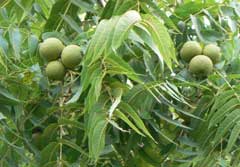
Rich fertile woods and hillsides in deep well-drained soils. Love
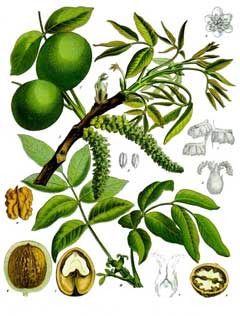
Forests in the Himalayas, preferring a northerly aspect in the west but a southerly or westerly aspect in the east of the range. Love
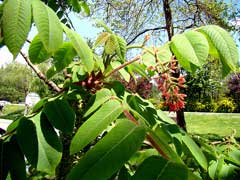
Forests. Love
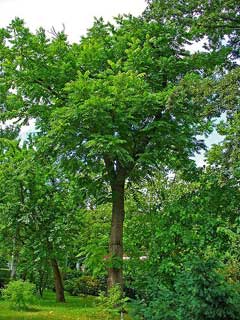
Usually found in rich moist soils of woods and river terraces, but it also grows on dry rocky soils, especially if these are on limestone.. Love
Evergreen lowland forest, mostly seasonally flooded, and on damp soil, beside streams; valley forest; also forest on dry land; in small patches of forest and gallery forest; at elevations around 900 – 1,170 metres. Love
Evergreen dense, moist, lowland rain-forest. Love
Tropical moist forest. Along riverbanks and in sheltered ravines at elevations of 60 – 700 metres. Prefers damp to wet soils, growing mainly in secondary formations. Love